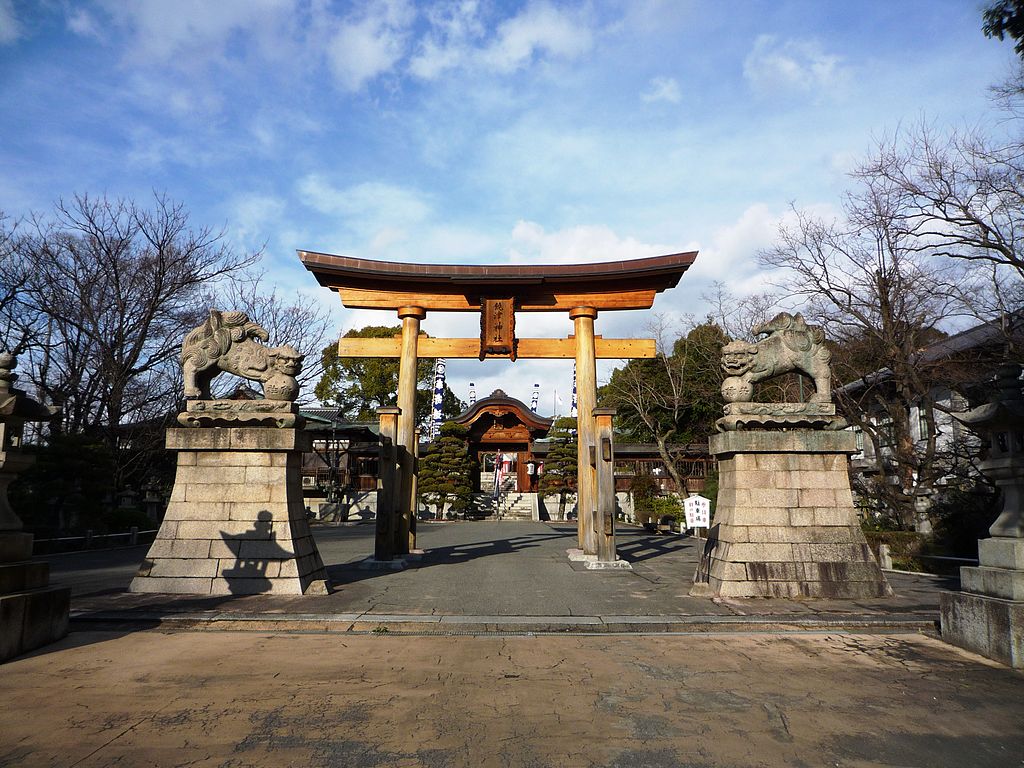Jul 30, 2018
Summer Evening of Prayer and Peace in Hiroshima

Let’s say you arrive in Hiroshima for the August 6th Peace Memorial Ceremony a day early. You don’t feel like sitting around the hotel room watching TV, but what feels right to do the night before attending the anniversary of the A-Bombing of this lovely little city. Anyway, it’s Sunday night, and all the most promising doors in town are locked.
What do you do?
Well, luckily, there’s “A Summer Evening of Prayer and Peace.” This seems to be a fairly new event. I’ve never been myself, but I will be eagerly checking it out this year. In the area called Ekikita or Futaba-no-sato, stretching east and west of the Shinkansen exit of Hiroshima Station, some of the city’s prettiest shrines and temples come together as points along a new walking tour of this part of town, often overlooked entirely by visitors.
From Fudo-in, a former Zen (now Shingon) temple that is Hiroshima City’s only designated National Treasure all the way around to Saizo-ji temple east of the Station, walkers will take in some this area’s best sights, at one point scrambling up through a series of torii gates to the gleaming Peace Pagoda atop Mt. Futaba, easily visible from the northern exit of the Station.
In fact, the documents I find seem to suggest two overlapping and (possibly?) competing routes. One begins and ends with the two temples mentioned above, and encompasses no fewer than sixteen stops along its route, including a Waterworks Museum that I think most people could safely miss. Another considerably shorter route whittles that number down to seven, from Nigitsu Shrine to Shoko-ji Temple.
Either one would be worth doing. The advantages of the longer route are obvious. More things to see, and a deeper exploration of this part of Hiroshima. And several of the stops along this route that don’t make the shorter cut really are worth seeing. On the other hand, it’s quite a hike, and getting all the way out to Fudo-in may be a chore in itself, before you’ve even begun walking back.
The shorter route has the distinct benefit of being the object of a free, guided tour. At 18:15 on the evening of August 5, “Omotenashi Guides” will meet interested walkers in front of Shinkansen exit of Hiroshima Station. These guides should be able to speak English, and will assist you in getting to and around the shrines and temples along the route. They may actually offer this service for the longer route as well. Ask if you’re interested. Again, this looks like a new venture and the documentation is slightly puzzling. All the more adventurous, then.
Another nice feature of the evening will be a local festival taking place in Shiribuka Park, along the shorter route, with kagura dance from 17:30. Farther along at Shoko-ji Temple, “Komuso” monks will perform Zen music on the traditional shakuhachi flute from 19:00. Along the shorter route, at least, candles and flowers are a main draw as well, both to beautify the shrines and temples and to appease the spirits of the war dead. It should be an interesting evening, and possibly a good chance to meet both locals and fellow newcomers as well. See you there!
Additional Information
Time: Sunday, August 5, from 18:15 (though the kagura in Shiribuka Park will begin earlier)
Cost: Free. Temples and Shrines all happily accept donations.
Place: Futaba-no-Sato, stretching east and west along the foot of Mt. Futaba, north of Hiroshima Station’s Shinkansen exit.
Access: English-assisted tour group meets at 18:15 at Hiroshima Station’s Shinkansen exit. For many travelers, this will be the simplest, and probably most enjoyable option. Otherwise, download one of the maps linked below and make a solo trip of it.
More Resources: An English language brochure with a rough map of the shorter route can be found here. A course map and site information for the longer route can be found here and here. It’s worth looking at all three of these.
By Taisyo (photo taken by Taisyo) [GFDL or CC BY 3.0 ], via Wikimedia Commons


About the author